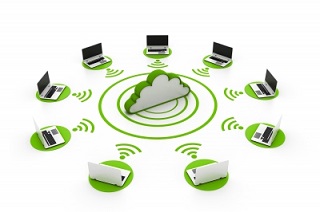Pros: Easy administration, more security and less storage space
Since non-persistent desktops are created from a single image, it’s very easy for administrators to apply new patches, update and backup images, or deploy applications to users within the organization. Users cannot alter the desktop configuration, nor can they install applications on the desktop, which makes the virtual desktop a much safer and robust environment. Furthermore, facing any kind of incident detected in the virtual desktop, simply restarting the system or closing the user session returns the system to a consistent state, and the user is presented with a completely new virtual desktop. Since all virtual desktops are based on the same image and any changes made to the desktop are minimal, much less storage space is required than in a persistent desktop VDI infrastructure. Additionally, the administrators can separate the data, configurations and user profiles into shared resources hosted on a cheaper storage unit.
Cons: Complex personalization and less flexibility in publishing applications
On the one hand, with non-persistent desktops, users can’t easily personalize their desktop since virtual desktops don’t use user profiles. In order to personalize non-persistent desktops, prior administrative work is required (creation and configuration of shared resources, creation and configuration of user policies and user groups, creation of mobile user profiles), which can be quite laborious. On the other hand, complementary technologies exist for publishing personalized applications for user groups such as the virtualization of applications or the virtualization of user profiles.








0 Comments